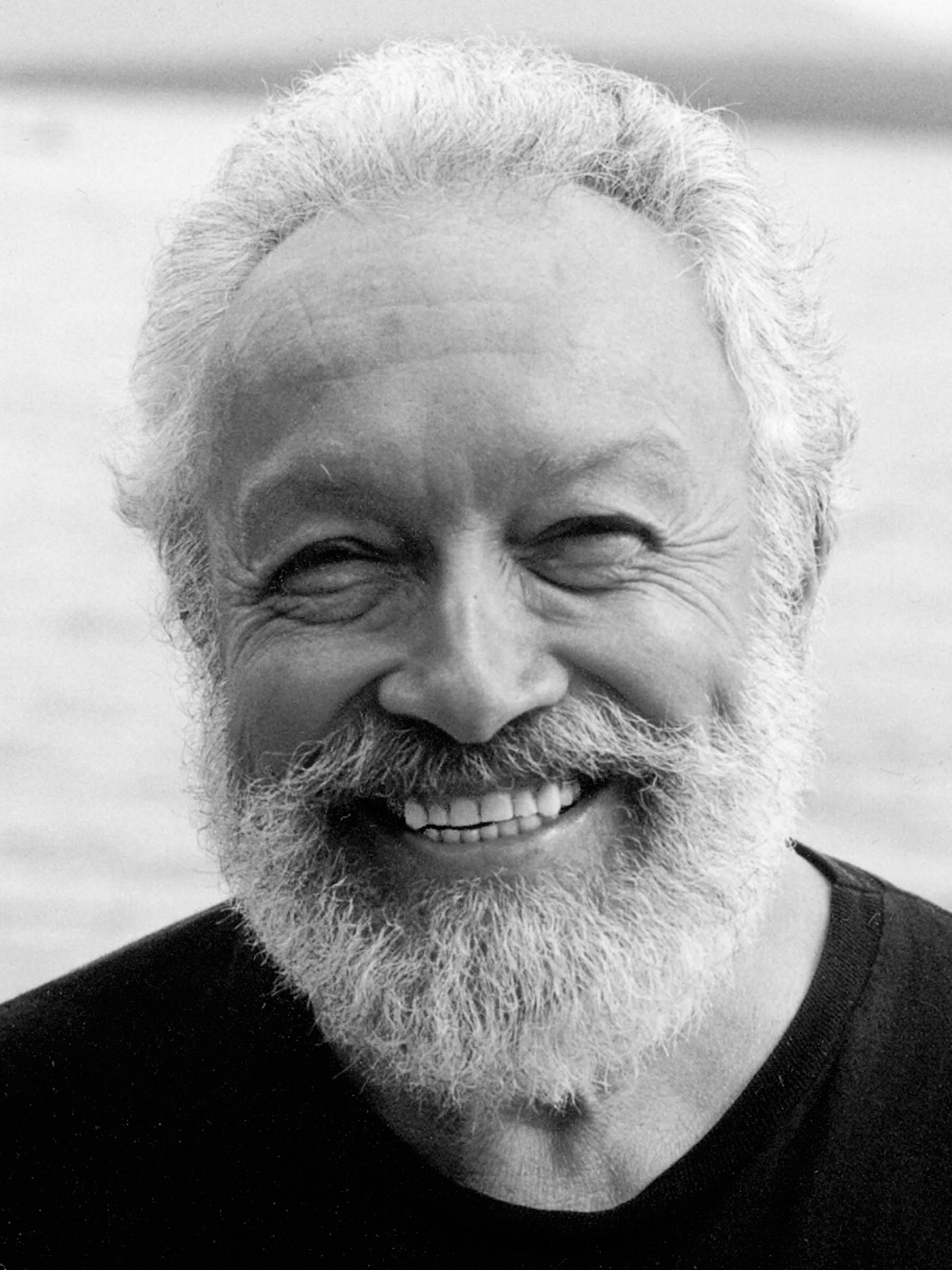HAROLD FEINSTEIN
Born in 1931 in Coney Island, New York, Harold Feinstein began photographing at the age of 15, borrowing a Rolleiflex from a neighbor to capture life on the streets of Brooklyn. Known in photography circles as a child prodigy, he left school at 16 pursue photography full time. In 1948, he became the youngest member of the historic Photo League, and by 1950, Edward Steichen had acquired three of his prints for the permanent collection of the Museum of Modern Art, making making him the youngest person to be so honored.
His work is rooted in a humanist and sensual vision of the everyday. His first exhibition was held in 1954 at the Whitney Museum of American Art, followed by group and solo shows at the MoMA, the George Eastman House (1957), and Helen Gee’s Limelight Gallery (1958). Throughout the 1950s, Feinstein became part of the vibrant New York art scene and was one of the first inhabitants of the legendary Jazz Loft, where he became known as a designer for the famed jazz label, Blue Note records. During this time he became close friends with W. Eugene Smith, contributing to the layout of Smith’s seminal Pittsburgh Project.
Drafted into the infantry in 1952 during the Korean War, Feinstein continued to document daily life among fellow soldiers. Upon his return, he resumed his street photography and turned his lens again toward his home turf, Coney Island, which would become his lifelong visual playground.
While his beach scenes and street photography remain iconic, his body of work also includes intimate portraits, nudes, still lifes, and wartime images.
Feinstein was not only a prolific photographer but also a revered teacher. He began teaching from his studio at age 26 and later held positions at institutions such as the Annenberg School of Communications in Philadelphia. The School of Visual Arts (NYC), the Philadelphia Museum School and others. Known for his radically open and student-centered approach, he mentored generations of photographers, including Mary Ellen Mark, Louis Draper, Ken Heyman, Wendy Watriss, Lori Grinker, and many others.
In the late 1990s, he pioneered the use of the flatbed scanner as a camera, initiating a new practice now known as scanography. His high-resolution botanical images, published in seven books by Little Brown Inc., introduced his work to a broader audience. His acclaimed book One Hundred Flowers has become a landmark in digital photography and continues to be reprinted. He has also received high praise for other innovative techniques as seen in his Metropolis series, which utilitized a prismatic lens to capture a unique view of NYC architecture, and his lifelong creation of intricate photomontages in the darkroom. He was also lauded as a master printer.
Feinstein was the recipient of numerous awards, including the Living Legend Award from the Griffin Museum of Photography in 2011 and a PDN Photo Book Award for Harold Feinstein: A Retrospective (Nazraeli Press, 2012). His work has been widely exhibited in the U.S., Europe, the Middle East, Russia, and China, with a touring museum retrospective in development.
His photographs are held in the permanent collections of the Museum of Modern Art, the International Center of Photography, the George Eastman House, the Museum of the City of New York, the Jewish Museum, and more than two dozen other institutions and corporate collections.
Feinstein passed away in 2015. Since then, his legacy has been carried forward by his wife, Judith Thompson, through the Harold Feinstein, Photography Trust, which continues to support new exhibitions, publications, and educational initiatives. The 2018 documentary Last Stop Coney Island, which premiered at DOC NYC to a sold-out crowd, has further contributed to renewing interest in his work among international audiences.
SELECTED ARTWORKS
VIDEOS
Harold Feinstein • Life as it was
Take a bird's-eye view of the American photographer's latest solo exhibition.
Harold Feinstein • Life as it was
Focus on one of the most iconic prints made by Harold Feinstein, entitled Lunch Counter on Surf Avenue (Coney Island, New York).
Harold Feinstein • Last Stop Coney Island (Trailer)
Photographer Harold Feinstein takes a trip back to his formative haunt of Coney Island, New York. Courtesy of Andy Dunn
PUBLICATIONS
SOLO SHOWS (selection)
2025 “A Soldier’s View”, National Infantry Museum, Colombus, United-States
2023 ”La roue des merveilles : Harold Feinstein”, Mougins Centre of Photography, Mougins , France
2022 ”Life as it was”, Bigaignon, Paris, France
2020 “Harold Feinstein: Boardwalks, Beaches & Boulevards”, David Hill Gallery, London, United Kingdom
2020 ”United”, Bigaignon, Paris, France
2018 ”Graciously Yours”, Bigaignon, Paris, France
2017 ”Contagious Optimism”, Bigaignon, Paris, France
2015 Blue Sky Gallery, Portland, United States of America
2014 “Harold Feinstein. Playground of America”, Lumiere Brothers Center for Photography, Moscow, Russia
GROUP SHOWS (selection)
2025 Paris-Photo, Bigaignon, Paris, France
2025 “Ligne(s) de mire”, off-site exhibition at the Bonisson Art Center, Bigaignon, Rognes, France
2023 ”A Black & White Journey”, Bigaignon, Paris, France
2019 The Store X, London, United Kingdom
2015 Howard Greenberg Gallery, Arles, France
2010 See+ Gallery, Beijing, PRC
1990 International Center of Photography, New York, United States of America
1985 International Center of Photography, New York, United States of America
1978 International Center of Photography, New York, United States of America
1960 Museum of Modern Art, New York, United States of America
1959 George Eastman House, United States of America
1958 Museum of Modern Art, New York, United States of America
1958 Helen Gee’s Limelight Gallery, New York, United States of America
1957 George Eastman House, United States of America
1957 Museum of Modern Art, New York, United States of America
1954 Whitney Museum of American Art, United States of America
DISTINCTIONS
2012 PDN Best books of the year award
2011 Living Legend Award, Griffin Museum
2001 Computerworld Smithsonian Award
COLLECTIONS
Museum of Modern Art
International Center for Photography
George Eastman House, Brooklyn Museum
Cincinnati Art Museum
New York Public Library
Jewish Museum
Museum of the City of New York




























